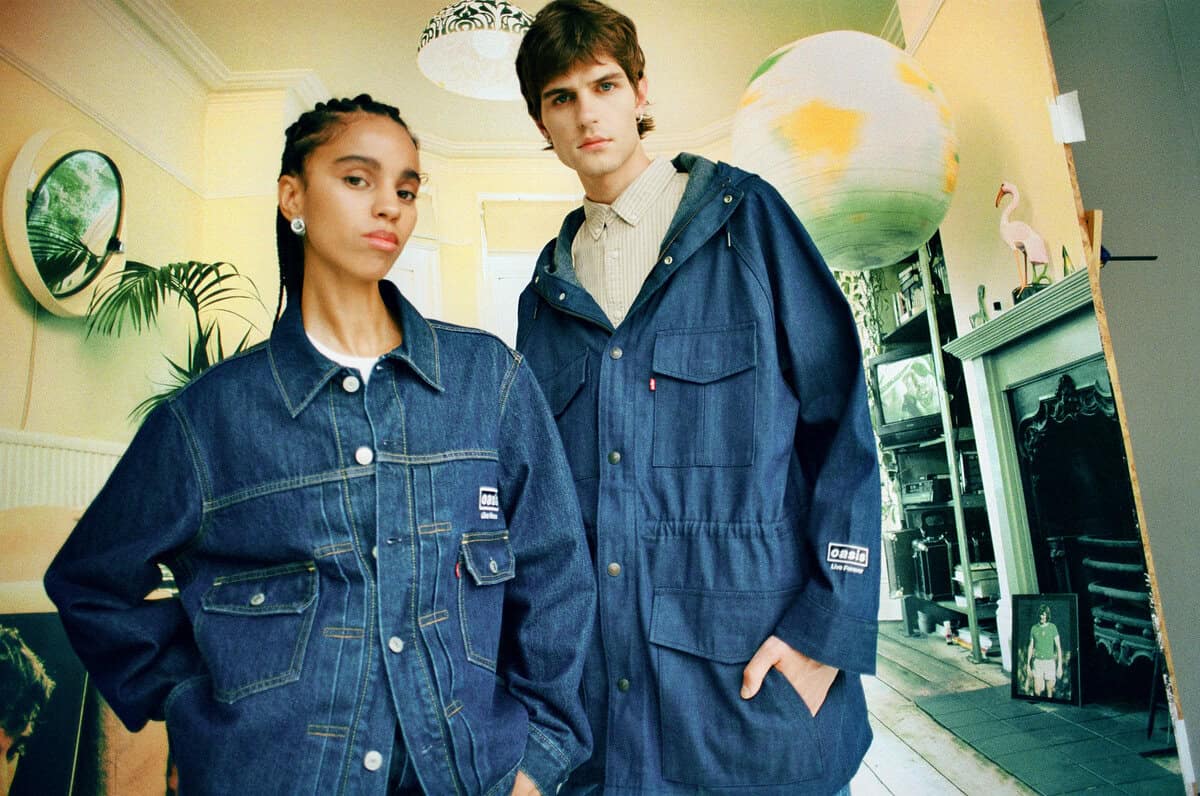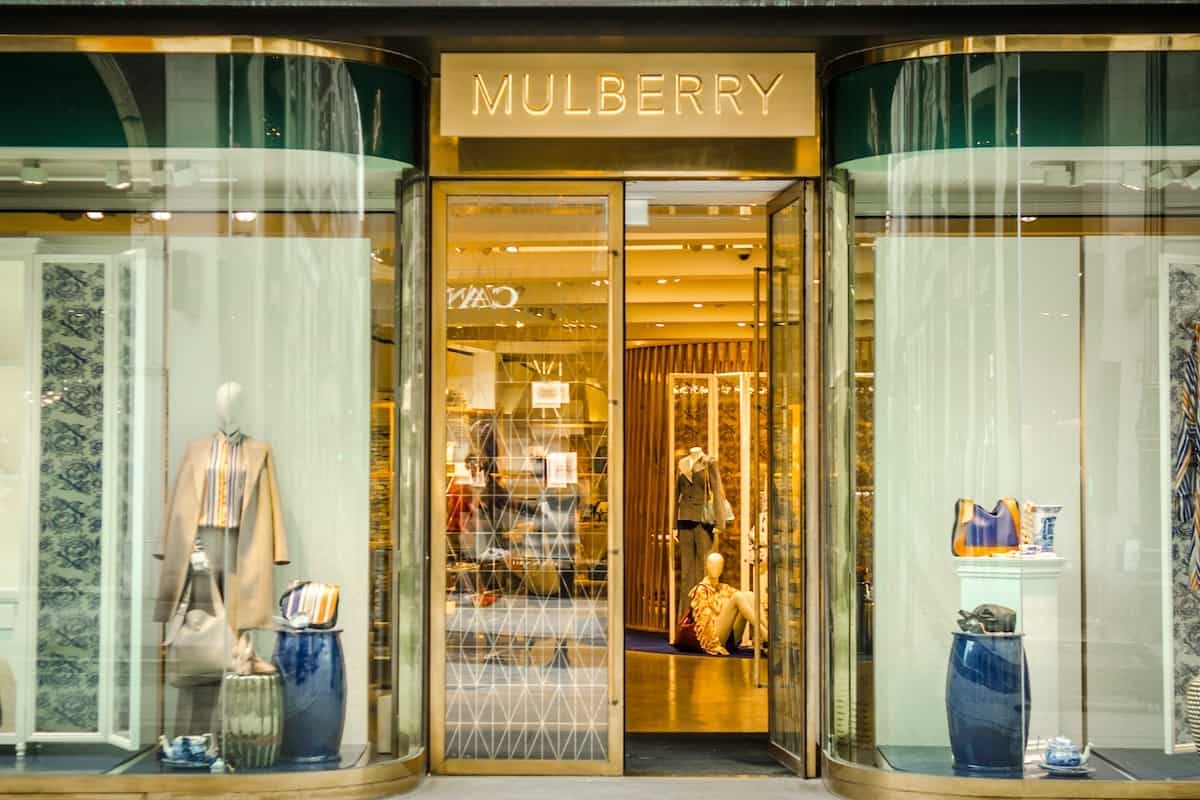WHAT DOES YOUR COMPANY DO & WHAT IS YOUR USP?
CML is a third party logistics (3PL) company that provides end-to-end omnichannel logistics services for retailers. Along with global freight forwarding and distribution services, the company has built up a reputation over the past 25 years for providing bespoke warehousing and distribution solutions for many distinguished brands and retailers. CML operates three warehouses at Magna Park in Lutterworth, Leicestershire, which are located in the ‘Golden Triangle’ and are bordered by the M1, M6 and M69. Quick access to major transport links makes the location the epicentre of UK distribution and particularly benefits retailers with late cut-off times.
The facilities run on a shared-user basis for a diverse mix of clients, from growing online retailer pureplays to established high street brands. Services offered range from inbound hanging garment containers to re-labelling and barcoding products destined for international e-tailers to full ecommerce fulfilment and returns processing. Retailers can utilise the company’s expertise for a wide range of solutions including relieving friction and growth points in their own distribution centres. The company offers bespoke fulfilment services ranging from hanging garments and flat packed items, general merchandise, through to managing customer quality control processes, supporting planned or reactive customer requirements with a wide range of value-add services (VAS), and managing full movement of goods from distribution centres to individual stores and wholesale customers. With a diverse range of products being handled at the facilities in Magna Park, CML provides services for commodities from luxurious hanging garments and leather accessories to homewares and seasonal sports equipment.
CML is not just a logistics company though. It is a guardian of its customers’ brands. It is small enough to be agile and flexible but large enough to increase storagecapacity and staffing levels as required by retail clients. The company understands the issues and challenges of the omnichannel retail space and how effective back-end operations are critical in fulfilling the promises made to customers at the front end.
WHAT DO YOU SEE AS CHALLENGES FOR THE RETAIL INDUSTRY?
Retail is constantly evolving with technology and in reponse to millennials pushing the boundaries of what retail and service should look like. Customers do not see separate channels, they just see one retailer who they want to buy from and as far as they’re concerned they expect the same brand experience whether they make their purchase online, in store or through a mobile app. Customers don’t consider each of these checkout methods as separate channels, and neither should retailers. This dramatic change in customer expectation means that developing the systems, processes and partnerships to allow the perfect omnichannel customer experience has become a top priority.
Omnichannel retail necessitates the right delivery infrastructure to be in place in order to meet the service and delivery promises made to customers. This requires a customer-focused approach and one single, clear view of stock across the entire business. No matter whether customers buy from a physical store, a website, a catalogue, or on mobile platforms, their order is fulfilled from one central unified inventory. This allows stock to be in the right place, at the right time, and provides a more seamless experience for customers, giving them a consistent service regardless of how they choose to shop. Separate stock inventories are common though, and were a natural consequence of the dramatic growth of ecommerce.
However, this separation now causes major headaches for retailers as they try to provide a positive omnichannel customer experience. Without a single view across the total stock estate, customers shopping online may be told that a product is no longer available, even if the item they want is sitting unsold in a store. This inefficiency often means more merchandise has to be bought, which increases the likelihood of later markdowns to clear unsold stock and results in varied retail fulfilment processes being followed with different stock inventories. Whilst a significant barrier and one that depends on other factors to be realised, a single view of stock brings with it numerous advantages beyond improved omnichannel customer experience. Increased flexibility in stock fulfilment can lead to a decreased need for end of season discounts and also reduces the warehousing space required by retailers, as there is less out of season stock to return from stores to the warehouse.
“A single view of stock brings with it numerous advantages beyond improved omnichannel customer experience”
WHAT IS HOLDING RETAILERS BACK FROM A UNIFIED STOCK HOLDING?
Systems can hold retailers back from achieving a unified view of stock since they are often highly specialised for the specific tasks they need to perform, and may work completely independently of other systems within the same business. For example, systems handling deliveries to stores are set up to track pallets or cases, whereas delivery to customers requires a system which can track and manage individual orders, including units, SKU codes and serial numbers. Stores may also have their own stock management systems in place to track inventory. These various systems need to be brought together to accurately manage stock levels and data must be updated in real-time in order to achieve a single view of all stock within the business. With information often existing in isolation within a number of separate systems, retailers need to find a way to integrate these sources to allow data to be consolidated into a single main repository.
By doing this, product information, stock inventory levels and customer data is made readily available across all touchpoints and to all logistics partners. Providing detail when and where it’s needed allows for far better distribution of stock and quicker response to customers, which results in improved retailer profits and a seamless omnichannel customer experience.
HOW IS CML HELPING WITH THESE CHALLENGES?
CML puts the customer at the core of everything it does, empowering employees to be dynamic in offering the highest levels of service and customer care possible. As a company it takes on the mindset of a retailer, understanding changes in consumer behaviour and technology use, as well as responding accordingly to offer the services that retailers need in order to meet the desires of its customers. In order to meet these changing behaviours and retail challenges, CML operates in a lean, agile and flexible way to ensure that it offers a bespoke and forward thinking supply chain service to retailers. In a recent example, CML created a bespoke IT solution to enable it to provide inventory control of product from a UK retailer being processed in readiness for Zalando in Germany. The retailer required a unique system to capture data on products which are checked and relabelled prior to despatch to the German e-tailer.
The solution has provided a lean and robust data exchange with the ability to supply both parties with clear inventory data within the process and productivity reporting. Peak periods, including Black Friday and Cyber Monday, are carefully planned with retailers and brands so that customer promises can be met while the company’s in-house IT department ensures that technology remains aligned to retailers’ systems for a seamless flow between the front-end and the back-end solutions. CML will continue to develop its in-house talent by putting expertise at the disposal of the retail industry as referrals and innovative new business solutions continue to drive growth for the company.
7 barriers to perfect omnichannel retailer customer experience
Increased competition and customer expectations make omnichannel retail a necessity. Customer expectations are increasing rapidly, with next-day delivery and perfect brand experience now a key requirement
instead of a nice to have. It’s therefore incredibly important for retailers to get this right the first time. Failing to meet these customer demands will leave retailers struggling to keep up in the future and falling behind competitors who do. It’s only through careful investment, selection of systems, integration, training and the right choice of logistics partners that retailers can offer a seamless omnichannel customer experience regardless of where an order is placed and how it is delivered. CML has identified a number of barriers which retailers have to overcome in order to provide an omnichannel customer experience.
1. Separate stock inventories prevent optimised omnichannel retail;
2. Different products, prices and promotions across channels;
3. No single database of buyer detail, orders and refunds risks damage to the omnichannel customer experience;
4. Omnichannel retail cannot work without efficient systems integration;
5. Inconsistency of omnichannel customer experience;
6. The cost of omnichannel retail;
7. Inflexible partners make omnichannel retail impossible.
CML IN BRIEF
- Company founded: 1990 with a move to Magna Park in 1997.
- Operations: 500,000sq ft at Magna Park over three sites that include Type A bonded facility, flexible storage solutions, pallets, shelving, garment on hanger.
- Turnover: £27 million in 2016.
- Employees: 500.
Contact: For further information, contact CML via the website





